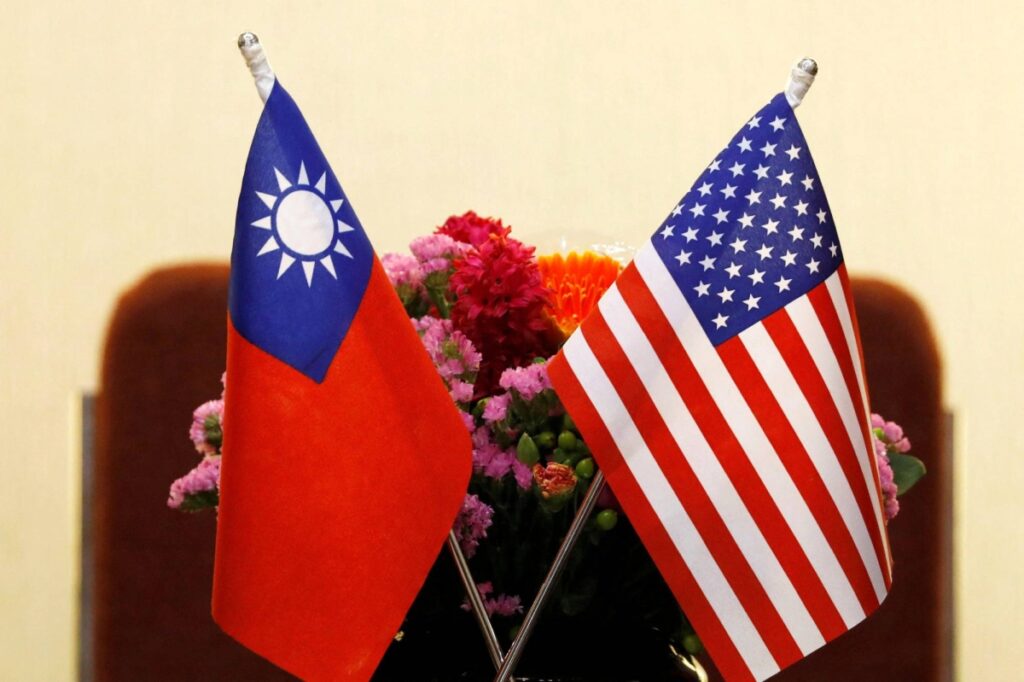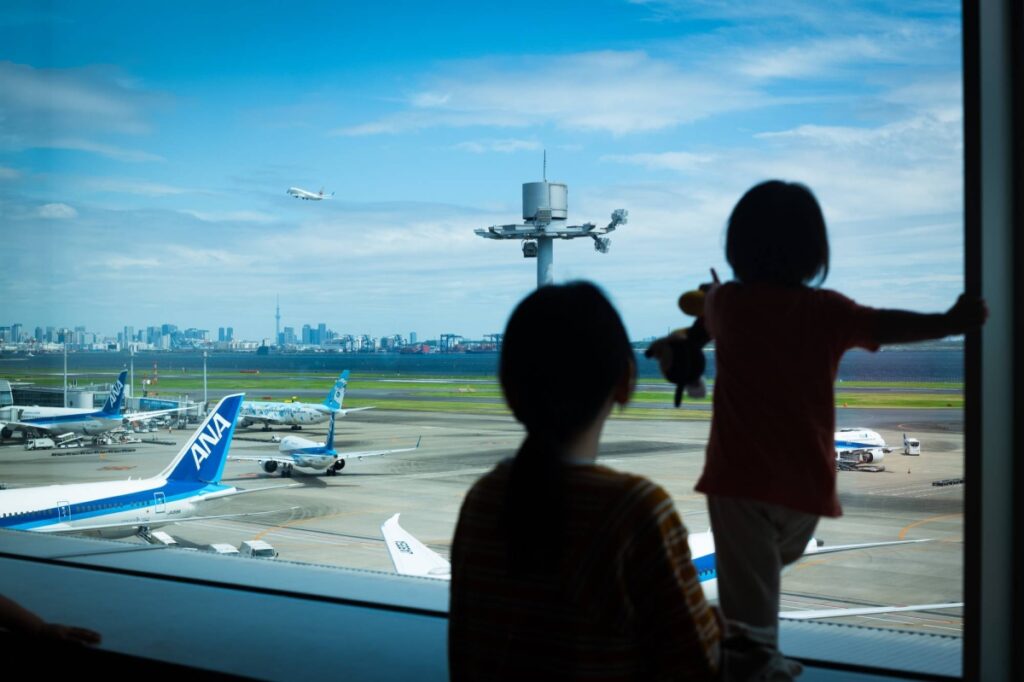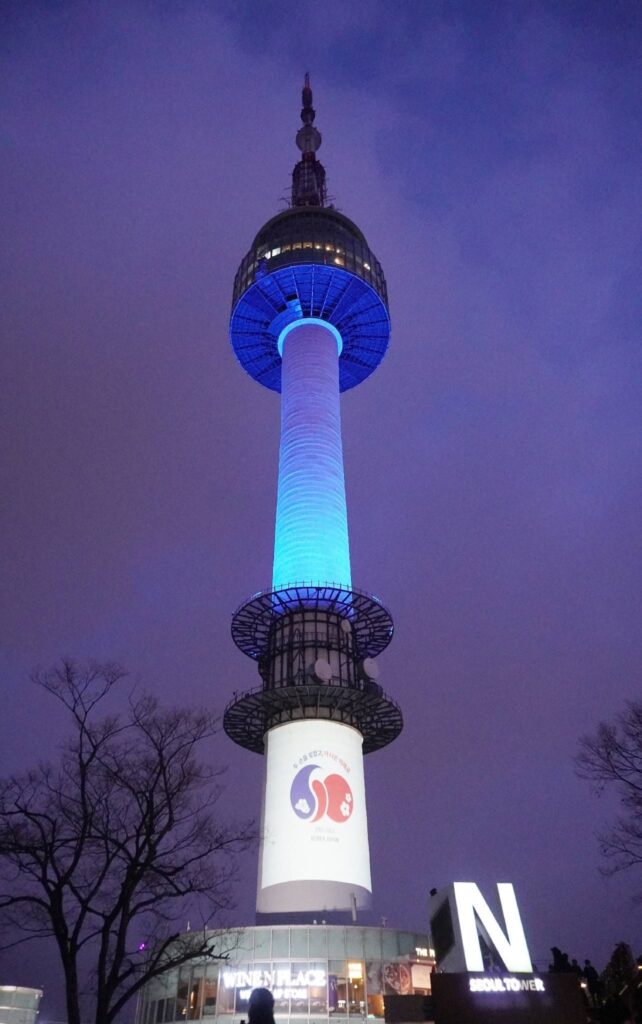In 2020, Japan Airlines set a goal of reducing its net emissions of planet-warming carbon dioxide to zero by 2050. Almost five years later, during which time rival ANA Holdings announced the same target, slow progress in many areas shows just how challenging decarbonization is for the aviation sector. Despite being one of the most carbon-intensive activities, aviation makes up a relatively small percentage of global carbon emissions at 2.5%, although it has a greater warming effect due to other emissions. But that contribution is expected to ramp up as demand for flights grows. In the case of Japan, the nation’s tourism targets tell the story: 60 million foreign tourists by 2030, up from a record of almost 37 million last year. Both JAL and ANA are looking to a suite of technologies to preserve the social and economic benefits of aviation we currently enjoy, with domestic production of what is known as sustainable aviation fuel (SAF) set to begin in April. But each of these approaches come with significant challenges, and even these two airlines differ in the emphasis they place on them. “A 2050 net-zero target, it does seem far away, but I think for aviation in particular, it’s quite an aggressive timeline,” says Nikita Pavlenko, programs director of fuels and aviation at the International Council on Clean Transportation. Greener fuel Of the factors affecting how much flights warm the planet, one has remained essentially constant: the carbon intensity of fuel. Now, efforts to change that are ramping up. SAF — biofuel made from oils and fats, municipal waste and nonfood crops but still with similar properties to conventional jet fuel — has emerged as a favorite decarbonization solution of the aviation industry. In a best-case scenario, it can cut CO2 emissions by up to 80%, although some crop-based varieties may actually increase emissions because of increased land use. Currently SAF can only comprise up to 50% of an aircraft’s fuel to ensure compatibility with all engines. An ANA staffer uses a megaphone in the departure lobby of Haneda Airport in August 2024. | Bloomberg ANA has staked a lot on SAF and its equivalents, with 70% of the emissions reductions needed for net zero coming from them. JAL is less focused on such fuel, but still envisages a 45% reduction based on SAF. Despite these targets, both airlines’ use of SAF remains extremely low. In the fiscal 2023, which began in April of that year, JAL’s SAF use stood at 0.012%, leaving some distance to climb if it is to hit its goal of 1% in fiscal 2025 and more than 10% by fiscal 2030. ANA’s SAF use in fiscal 2023, meanwhile, was less than 0.1% — against the same 2030 target as JAL’s, with these in line with Japan’s proposed SAF mandate. Both companies are actively working to increase those percentages, with the airlines co-establishing the Act for Sky organization to promote SAF in 2022 and building out supply chains. JAL has even set up used cooking oil collection boxes at 35 stores nationwide. Supply of domestically produced SAF to both airlines is expected to begin in April, with Cosmo Oil Marketing planning to supply 30 million liters per year from fiscal 2025. But a big barrier to increased adoption is cost. “It’s basically four times more expensive compared to fossil jet fuel in the case of the currently available SAF,” says Takehiro Kawahara, an aviation specialist at BloombergNEF (BNEF). What’s more, SAF doesn’t benefit from the same “learning curves” as other green technologies — such as solar panels and batteries — under which consistent improvements in performance and reductions in cost are observed over time. “There could be some positive impact of the scaling, but even so the cost of feedstock will not dramatically come down,” says Kawahara, pointing out that this will make up the bulk of the cost. In-flight entertainment screens on the economy class seats of an Airbus SE A350-1000 aircraft operated by Japan Airlines at the company’s hangar at Haneda Airport in January 2024. The airline is relying on new aircraft for half of its planned emissions cuts. | Bloomberg The feedstock could even be more expensive in the future, because of increased competition for it driven by government incentives or mandates, Kawahara adds. That speaks to another problem: supply constraints. “The issue for these really ambitious SAF goals,” Pavlenko notes, “is that hydrotreating used cooking oil, vegetable oil can only get you so far, because those resources are very constrained. There’s not going to be more deep frying of food to produce more used cooking oil in response to a SAF policy — we’re just kind of stuck with the market for used cooking oil that we have.” Crops offer another route to producing SAF, but the amount of land that would be required is significant, with knock-on effects for warming and biodiversity as cropland is expanded into new areas. If the U.S. were to reach a goal declared during the administration of former U.S. President Joe Biden of making 132.5 billion liters of SAF using ethanol, 46.13 million hectares of corn would be needed, according to the World Resources Institute — 20% more land than is currently used for all corn. Such concerns are particularly acute for Japan’s own SAF production, given its limited amount of land suitable for cultivation. In recognition of Japan’s limited land, “JAL is focusing on alternative feedstocks that are more suitable for Japan, such as forest residues, rather than traditional crops,” a spokesperson for the airline says. “JAL is actively exploring and investing in these alternative sources to mitigate the impact of land limitations and to support its sustainability goals.” JAL aircraft at Haneda Airport in August 2024. Aviation comprises just over half of global tourism emissions even before considering warming effects from things other than carbon dioxide. | Bloomberg Alternatively, “efuels” made from hydrogen and captured carbon dioxide — which ANA is exploring in a project with Toshiba and others — don’t









